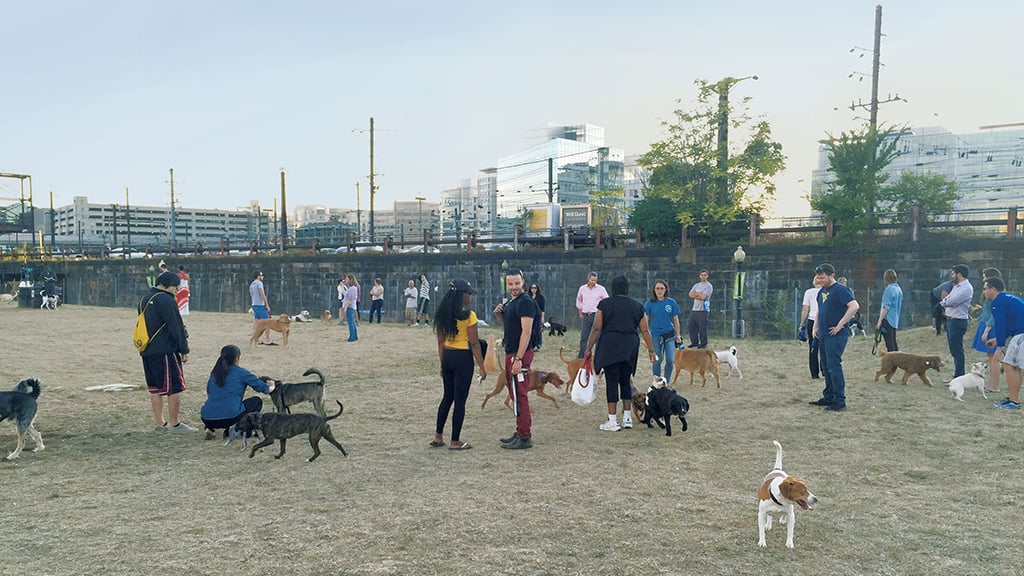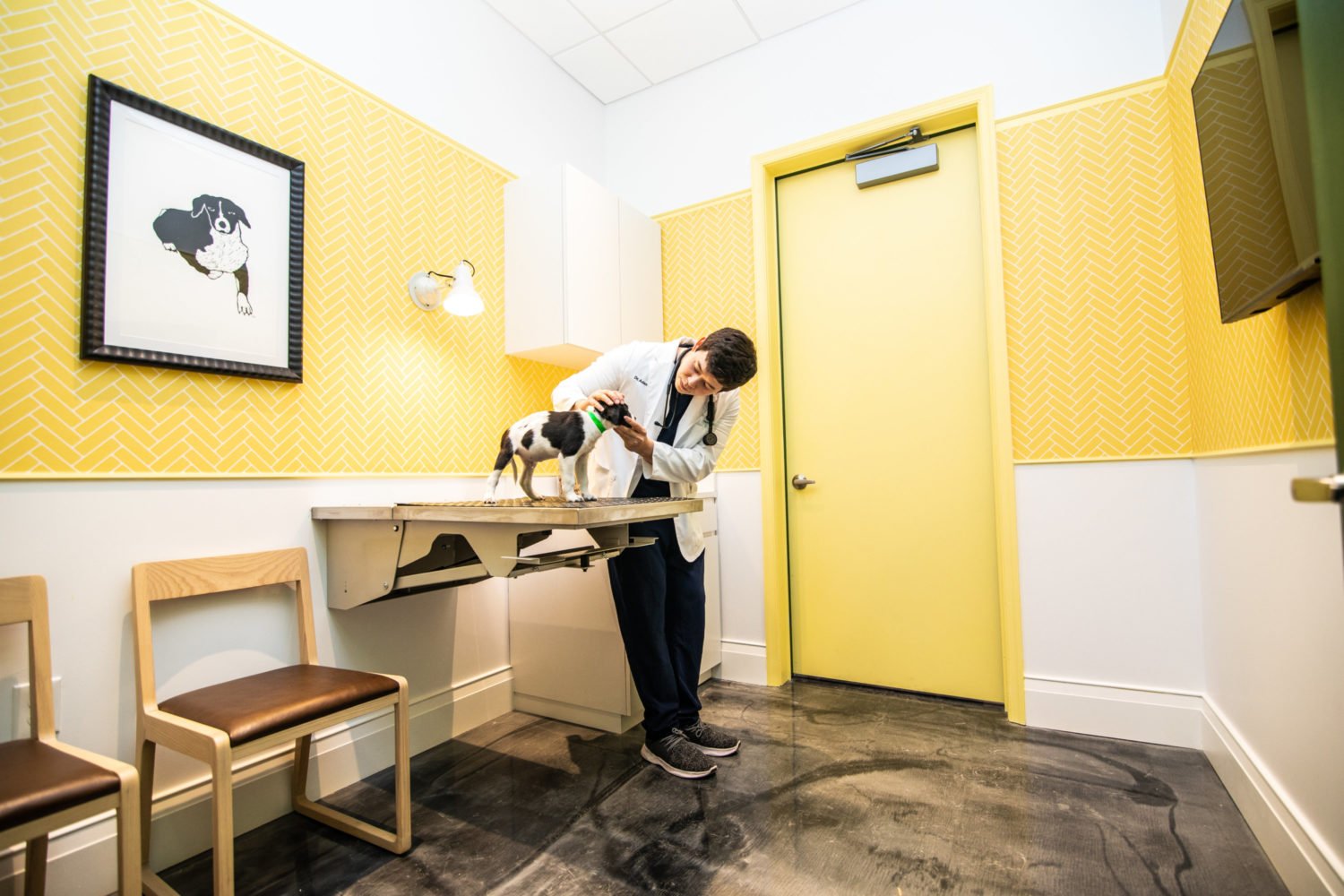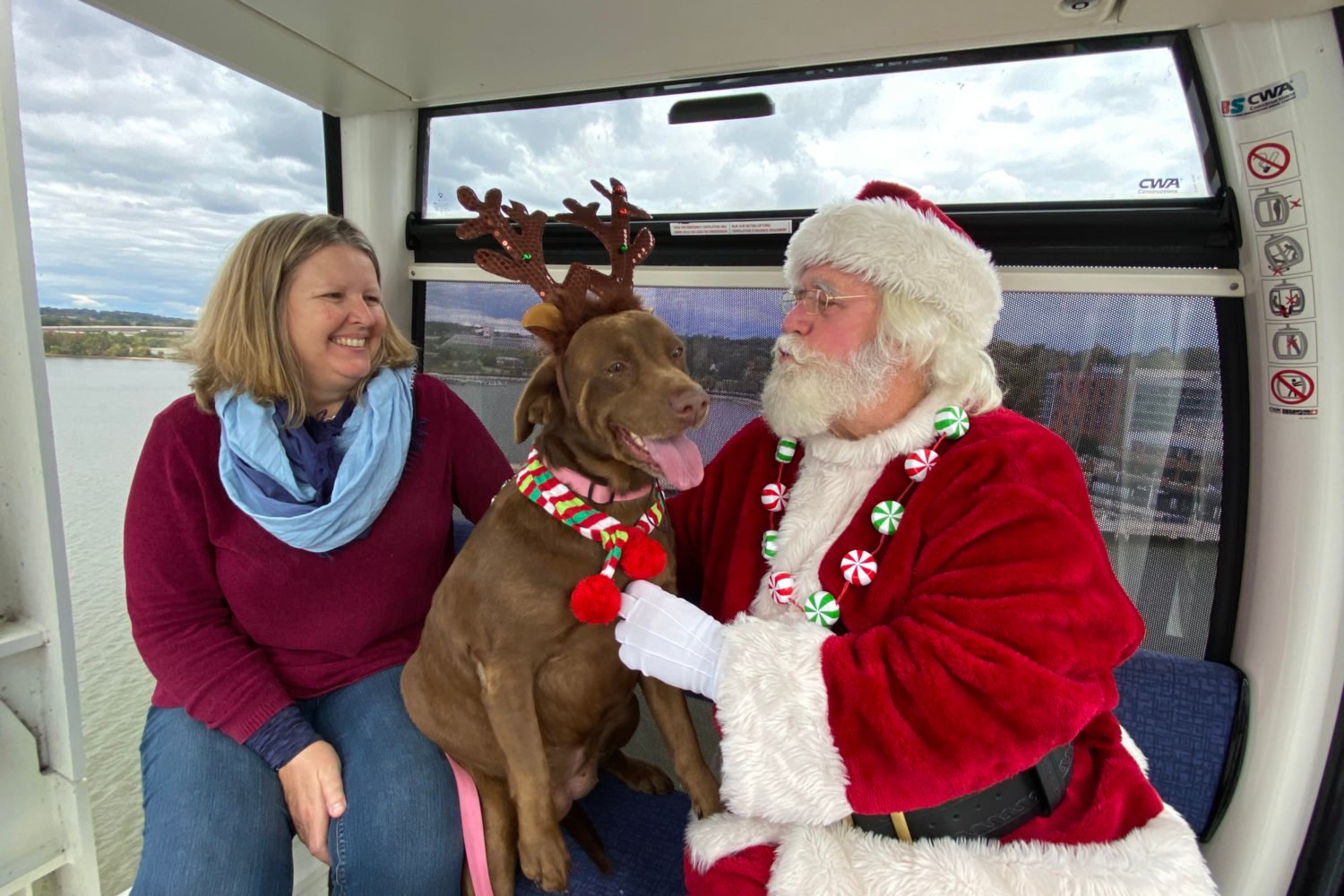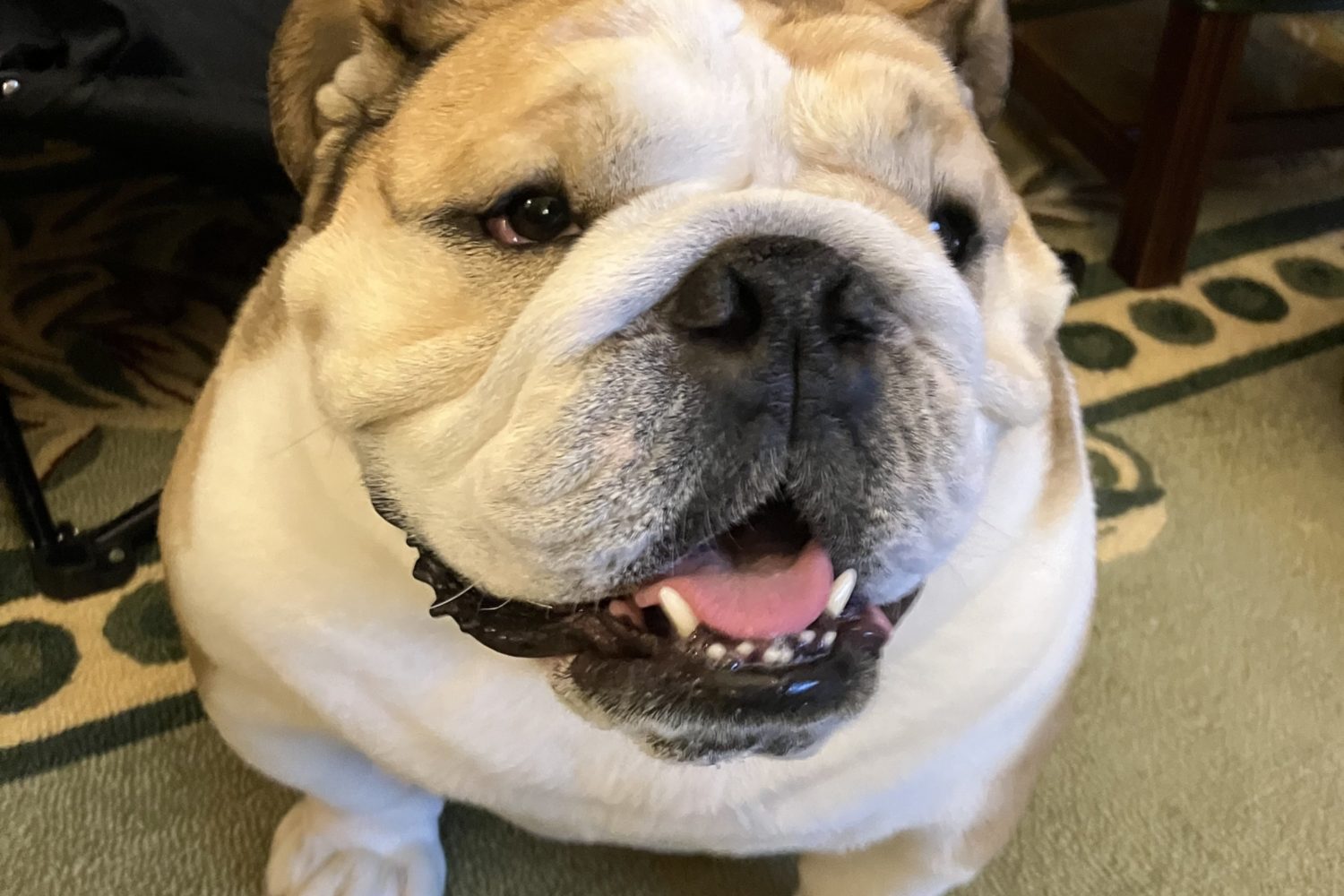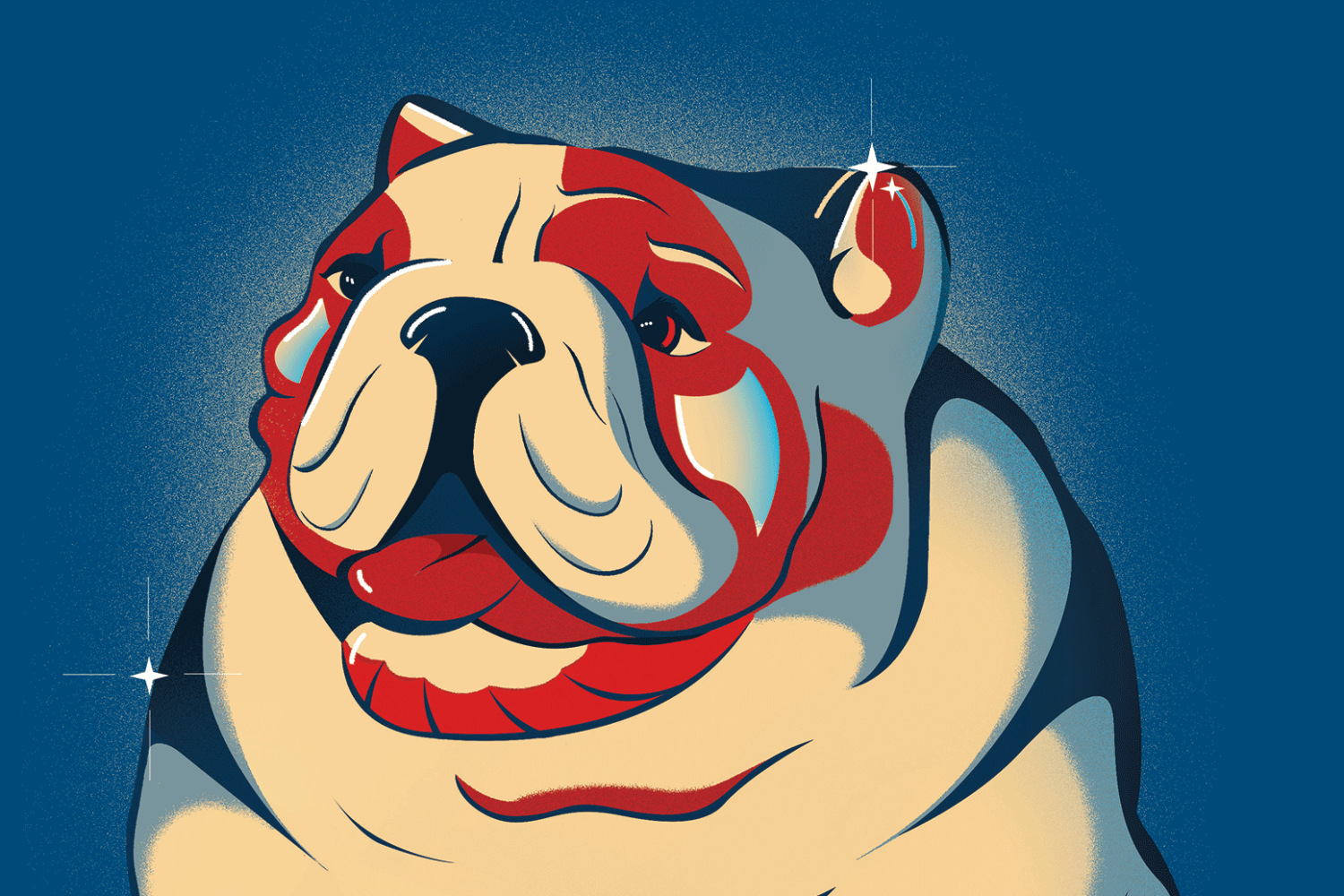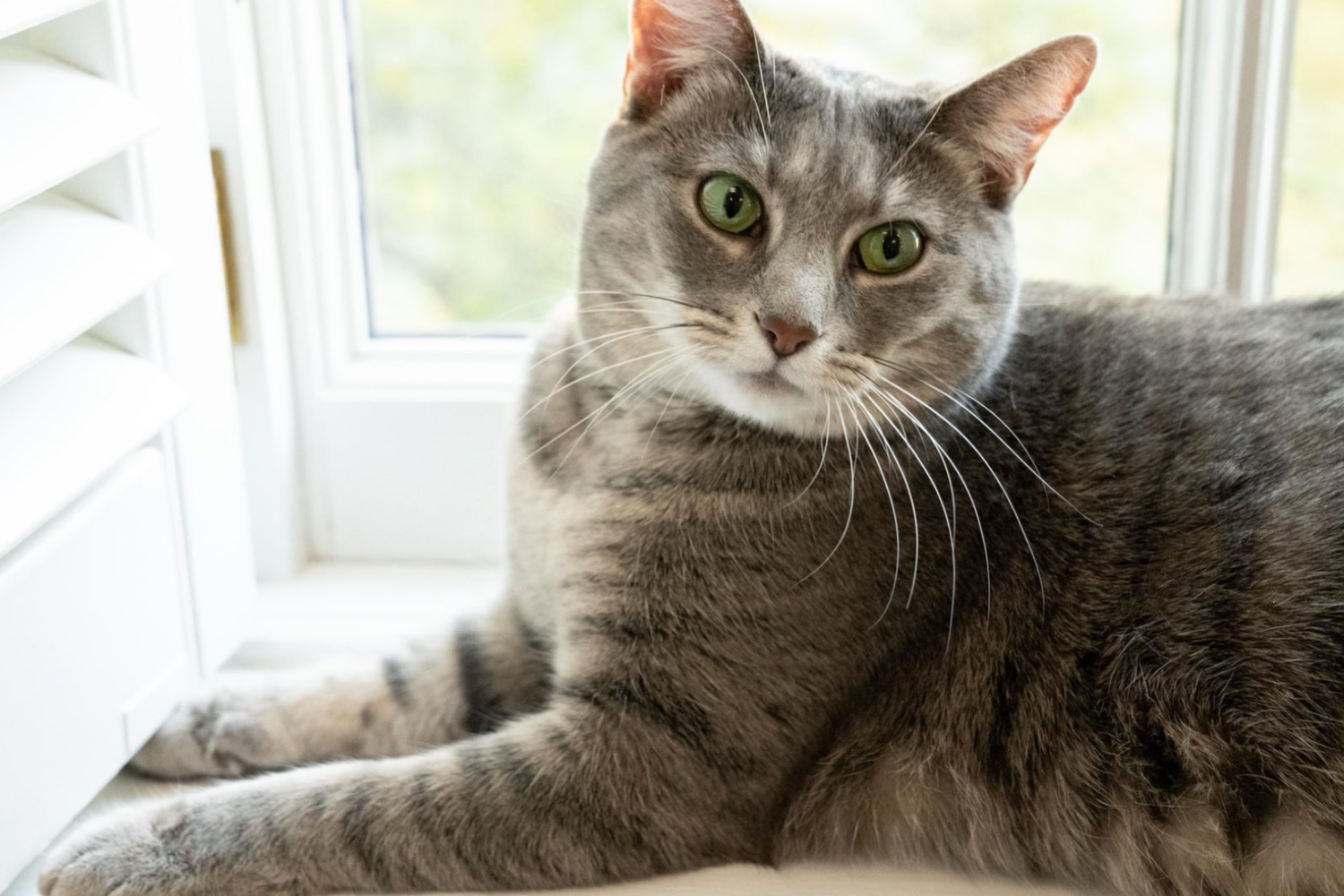If you want a friend in Washington, the saying goes, get a dog. If you want a whole bunch of friends in Washington, get a dog park. And if you want to earn some enemies in Washington, get involved in political skirmishing over it.
In the summer of 2012, after an empty lot in Northeast DC’s NoMa was used for an outdoor movie screening, “one of the gates was left unlocked,” says neighbor Susan Goldfarb. “Somebody discovered that and went in—and word kind of spread.”
Soon, dozens of dogs and their owners were using the fenced-in expanse as a makeshift dog park. At all hours of the day and night for about a year and a half, neighbors congregated behind the chain link at Second and L streets to socialize while their dogs ran free on a piece of land larger than a football field.
The human contingent was racially and generationally diverse—it included millennial renters from the new luxury apartments around the NoMa–Gallaudet Metro stop along with older residents from established areas to the south and east. “I’m 51 and have two little puppies, and I’m hanging out with twentysomethings right out of college,” says Cari Shane. “Everything about it was perfect.”
Of course, the people were trespassing, but if the police or landowner ever noticed, neither bothered to intervene. It likely didn’t hurt that the group periodically got together with garbage bags to tidy up the place.
Nonetheless, in one of the fastest-growing patches of the city, Dog Heaven couldn’t last forever. In 2014, the developer Toll Brothers got approval to start construction on a 525-unit apartment complex atop the lot. So Goldfarb and Shane got to work collecting signatures. They came up with a list of 437 dogs, owned by 400 humans, who had been using the land. They then brought a signed petition to Robin-Eve Jasper, head of the NoMa Business Improvement District, to make the case that the neighborhood needed a real dog park.
New dog parks—and the gentrification they’ve come to symbolize—are contentious in DC. When Eckington residents lobbied (unsuccessfully) to get one built on Lincoln Road, Northeast, in 2013, opponents argued that pets of newcomers were being prioritized over play space for neighborhood kids. A similar fight ensued in Takoma, where, after a six-year battle, the District denied a dog-park proposal last year.
But in NoMa, the effort met with little resistance. Because the neighborhood was essentially built from scratch in the last decade, there wasn’t an entrenched residential community to contend with. By 2014, Jasper says, it was clear the area was in dire need of green space: “We really missed the boat on that.” Planners had initially envisioned NoMa as a series of office buildings. Instead, it grew into a pocket of 44,000 residents and 5,000 occupied apartments.
In 2015, Jasper’s group used grant money from the city to acquire an 8,000-square-foot parcel for the dog park, a block from the old makeshift one. Exactly what the space would include was hashed out during a series of community meetings. Phil Tahtakran, a member of the local Advisory Neighborhood Commission, says the Business Improvement District helped deter critics by emphasizing that the spot was “small and shady most of the year” and not ideal for another use. Neighbors who wanted space for kids also walked away with something: A fenced playground will occupy another part of the site.
About five years after the gate at Second and L was left ajar, the NoMa Dog Park is slated to open this fall. The landscape-architecture firm Lee and Associates designed it with high-end artificial turf and an agility structure for the dogs to play on. It’s a victory for the neighborhood’s canine residents, to be sure. But it’s hard to imagine they won’t miss their old, city-block-size mud pit.
This article appears in the October 2017 issue of Washingtonian.

